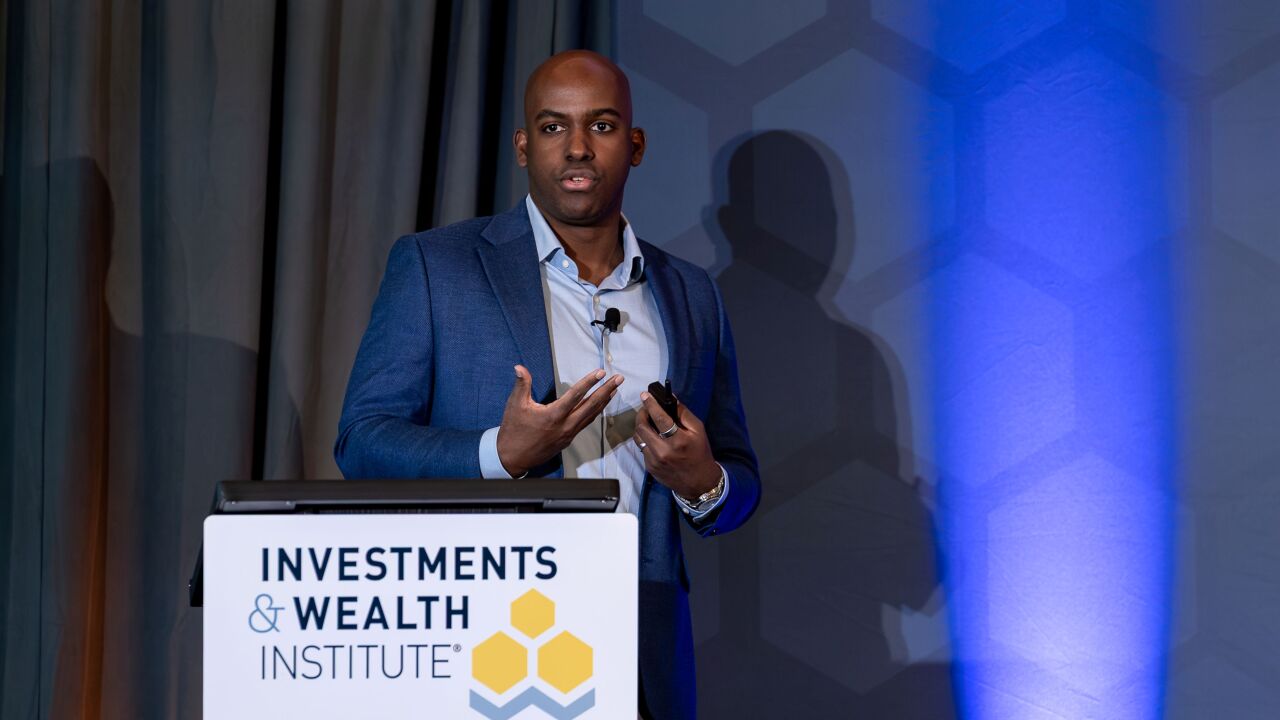With college costs skyrocketing, some advisers have begun to extol the benefits of combining college planning and retirement planning.
Those most likely to benefit from a dual planning approach are affluent families in their 40s to mid-50s.
These clients have the means to work on both goals simultaneously, but they often haven’t taken the time to consider their financial future because they have been raising kids, says Scott Moffitt, president of Loveland, Ohio-based firm College Planning Relief and author of “College and Retirement: You Can Do Both,” an e-book. Moffitt's firm provides advisers with college planning training.
“The fact that college is looming is the motivation that gets them to the table. It’s an opportunity for a financial adviser to work with a motivated, qualified prospect that falls, in age, below the usual target of most advisers,” says Moffitt.
“The millennials and Generation Xers tend to be forgotten because they don’t have as high a net worth or as many assets available as baby boomers,” says wealth advisor Thomas O’Connell, owner and president of International Financial Advisory Group in Parsippany, N.J.
His practice serves many second-generation clients, ranging from millennials to retirees.
“With the millennials and next generationers I work with, they are simultaneously trying to save for college and retirement through traditional means in the form of 401(k)s, [individual retirement accounts] and 529 plans,” O’Connell says.
“What they don't think about are the tax consequences for using qualified money for college tuition,” he says. “Also, they don't think about the risk of loss on those assets or leveraging those assets in a nontraditional savings model, for example, using the cash value of a life insurance policy.”
O’Connell says he learned the ins and outs of coupling college and retirement planning because his parents didn’t have the financial wherewithal to finance college for seven kids.
He recommends that advisers plan early with clients before their children become juniors and seniors in high school.
“You can get a loan to put your children through college, but you can’t get a loan to live your retirement,” O’Connell says.
Moffitt lays out a blueprint for advisers to follow.
First, assess the health of a client’s retirement account before addressing college. This will determine what percentage of assets can be allocated to college.
After knowing how much parents can contribute, do a total cost projection, including all the kids, and then develop a master plan. This will allow the family to figure out what gaps need to be filled.
“Through proper college selection, maximization of need-based as well as on merit-based aid, tax planning and scholarships, the adviser and family can work to narrow or eliminate the gap,” Moffitt says.
This story is part of a 30-day series on preparing for retirement.






